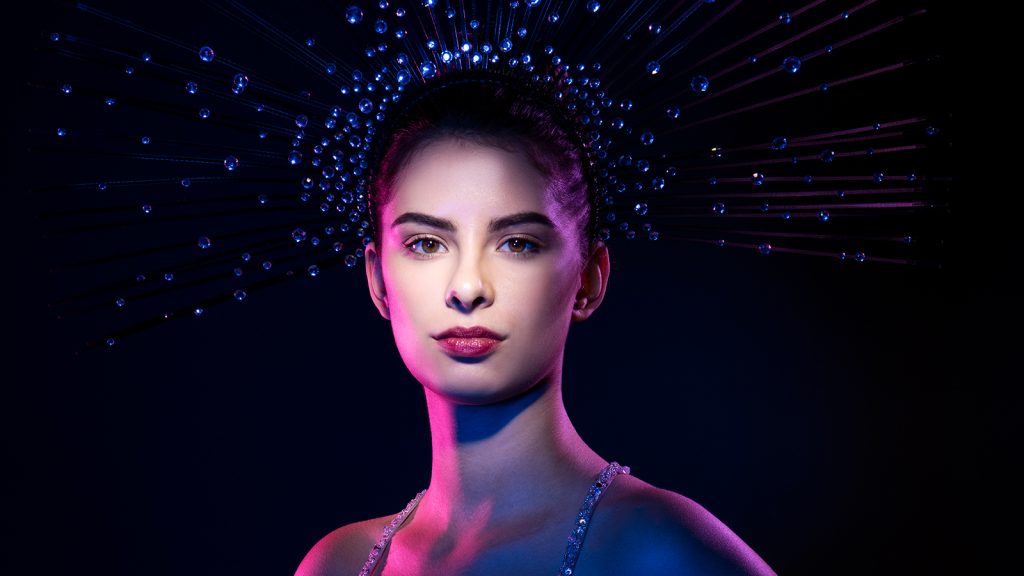Capturing Stunning Portraits: Techniques and Model Interaction
Portrait photography is a captivating genre that allows photographers to capture the essence of their subjects, showcasing their personalities, emotions, and unique qualities. To create compelling portraits, it’s not just about understanding camera settings and lighting; it’s also about effectively interacting with your subjects. In this comprehensive guide, we’ll delve into the art of portrait photography and the nuances of interacting with models to produce captivating images.
Section 1: Portrait Photography Basics

1.1 Camera Settings for Portraits
Before you start shooting, it’s crucial to have a good grasp of your camera settings. Understand concepts like aperture, shutter speed, ISO, and white balance. Adjust these settings to control depth of field, motion blur, and overall image quality.
1.2 Choosing the Right Lens
Selecting the appropriate lens is vital for portrait photography. Prime lenses with wide apertures (e.g., 50mm f/1.8) are popular for their ability to produce beautiful background blur (bokeh) and create a flattering focus on your subject.
Section 2: Lighting Techniques

2.1 Natural Light Portraits
Mastering natural light is essential for portrait photographers. Learn how to utilize available light sources, such as window light, open shade, and golden hour, to create soft and flattering illumination.
2.2 Artificial Lighting
Explore artificial lighting options, including external flashes and continuous studio lights. Understand techniques like bounce flash, diffusers, and reflectors to control and shape light for stunning portraits.
Section 3: Posing Your Subject

3.1 Understanding Body Language
Guide your model by explaining the importance of body language. Teach them to relax, maintain good posture, and use their body to express emotion and personality.
3.2 Directing Facial Expressions
Effective communication is key to capturing authentic facial expressions. Encourage your subject to convey emotions through their eyes, smiles, and subtle expressions.
Section 4: Interacting with Models
4.1 Building Rapport
Establish a comfortable and professional relationship with your models. Engage in friendly conversations to ease any tension or nerves. Compliment their efforts and ensure they feel valued and respected.
4.2 Giving Clear Instructions
Provide precise directions to your model. Explain the poses, expressions, and moods you want to convey in the photos. Offer constructive feedback and guidance throughout the shoot.
Section 5: Composition and Framing

5.1 Rule of Thirds
Learn about the rule of thirds and how to use it to create visually pleasing compositions. Experiment with subject placement and balance within the frame.
5.2 Background and Depth
Consider the background elements in your portraits. Use depth of field to isolate your subject from distractions, and pay attention to details like leading lines and framing to enhance the composition.
Section 6: Post-Processing and Editing
6.1 Editing Portraits
Discover post-processing techniques to enhance your portraits further. Topics include retouching skin, adjusting color balance, and adding subtle enhancements while maintaining a natural look.
6.2 Creating a Consistent Style
Develop your unique editing style to give your portrait photography a distinctive and recognizable aesthetic.
Section 7: Working with Different Types of Portraits
7.1 Environmental Portraits
Explore the art of capturing subjects within their surroundings, telling a story and showcasing their connection to their environment.
7.2 Studio Portraits
Learn the intricacies of studio photography, including backdrop choices, controlled lighting setups, and studio equipment.
By mastering the technical aspects of photography and honing your ability to interact effectively with your models, you’ll be well on your way to creating stunning and impactful portraits. Keep practicing, experimenting, and developing your unique style to stand out in the world of portrait photography.